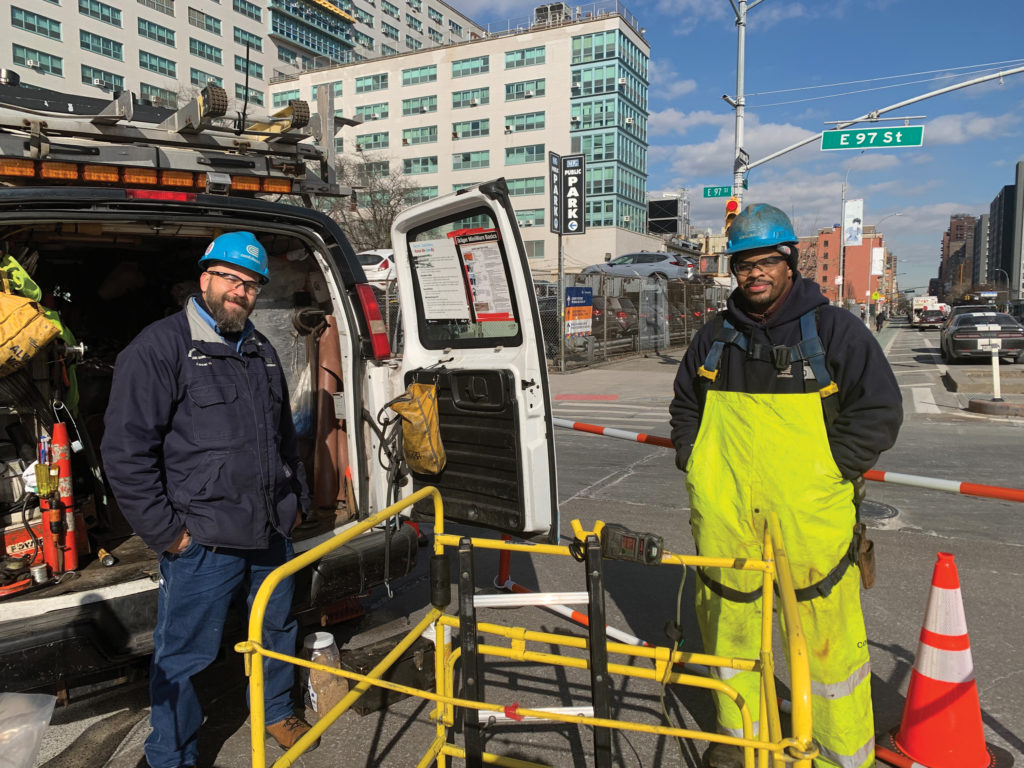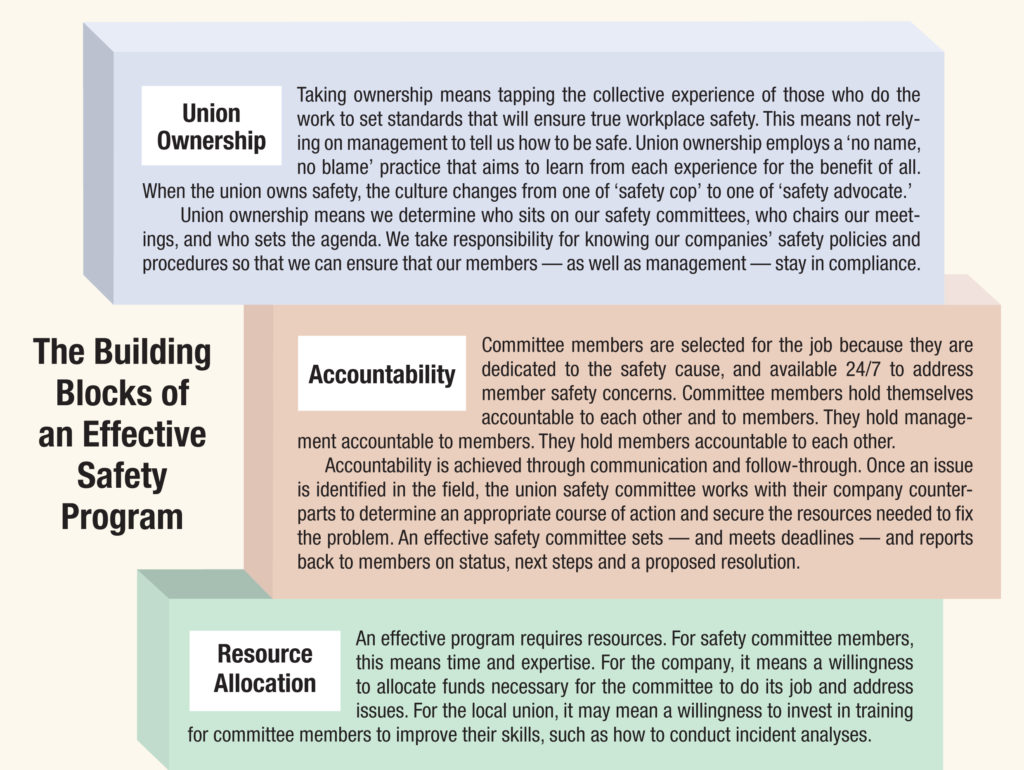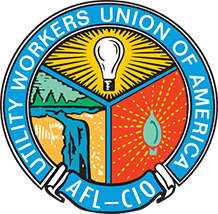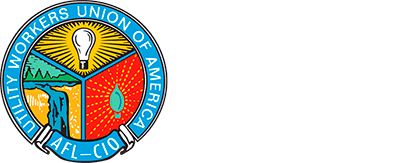While COVID-19 has made safety and Personal Protective Equipment topics of discussion worldwide, workplace hazards are nothing new for utility workers. We’ve been dealing with dangers on the job our entire careers. From the very first days of our nation’s industrialization to today, utility workers have faced live wires, leaking gas lines, open pits, gushing water, and other dangers too numerous to list here. The majority of the time, we’ve left the job site uninjured at the end of the day.
How do we do it? We’ve learned first-hand that to be truly safe requires more than a mask and gloves. When we dig deeper, we find what really counts is understanding that safety is a process, not a thing, and that who controls that process can make or break its success.
Most of us are familiar with the elements of the safety process: situational awareness and job hazard, systems of safety and incident analyses. What many people may not fully understand is the single most important determinant of a safe workplace is worker involvement and ownership of that process. It ensures that our members return home uninjured at the end of their shifts, and that is the most fundamental goal we can have as a union.
UWUA members are taking ownership of safety in different forms. A few larger locals have full-time safety representatives, selected by their union leadership and funded by the companies, who visit worksites each day and train members on best practices. Others have secured release time and company vehicles for union safety committee members. In Ohio and Michigan, having a common employer enabled several small locals to band together to form statewide safety initiatives.
For locals that don’t yet have a union-led safety program, there’s a model out there that will work for you. Use the basic building blocks outlined here and tap the resources available to you through the UWUA’s National Safety Committee and Power for America Training Trust; they will help you navigate a course that best meets the needs of your members.


